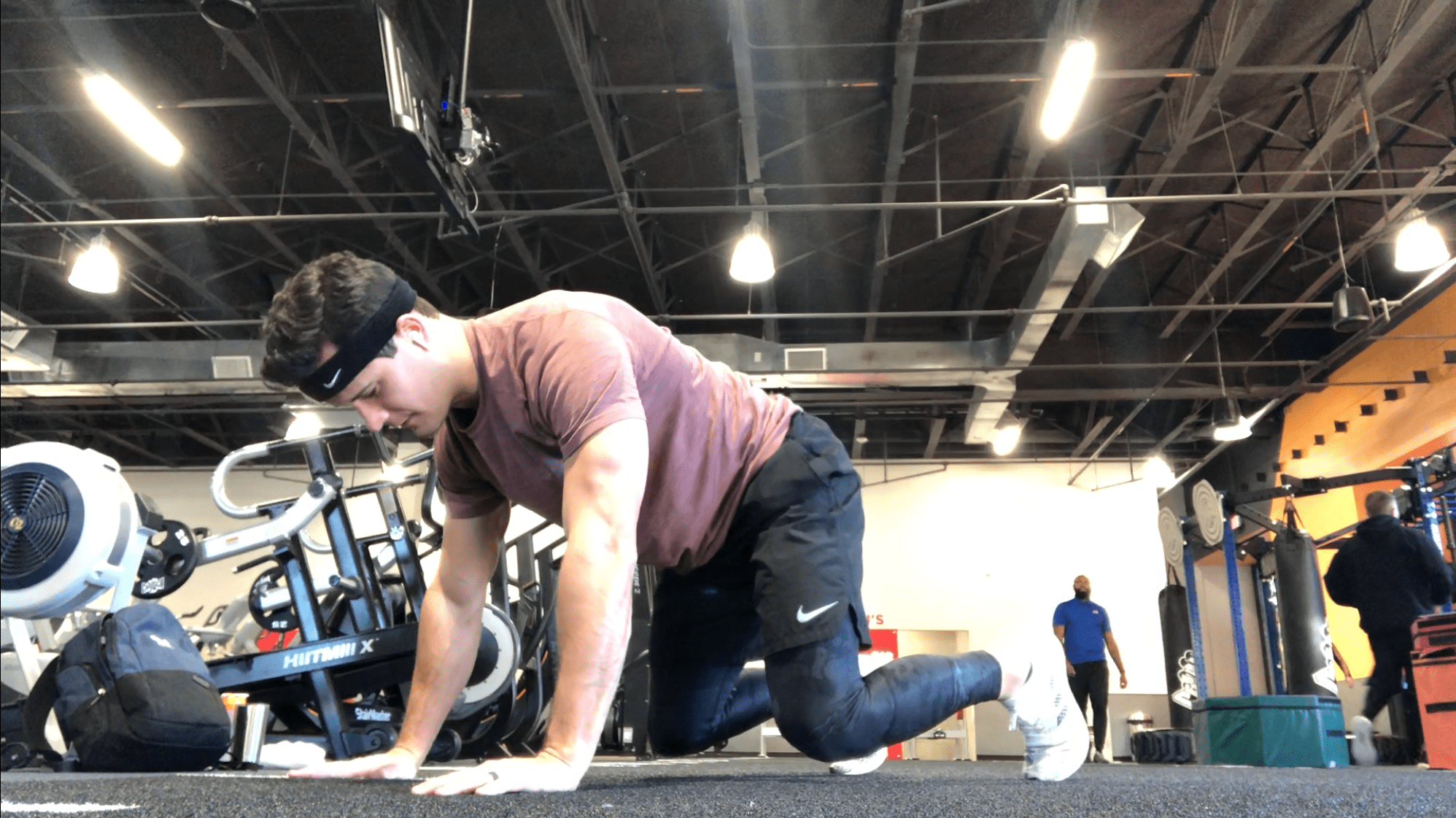Animal Flow
I’m always looking to expand my exercise library for both myself and my clients. Having a variety of exercises to implement within a workout keeps the body guessing while adapting to a new stimulus. Increasing my exercise library has also added value to my client and athlete experience by keeping it fresh, exciting, and challenging.
A bodyweight movement program I’ve found to be very beneficial is called Animal Flow. “Animal Flow is a fitness program that combines quadrupedal and ground-based movement with elements from various bodyweight-training disciplines to create a fun, challenging workout emphasizing multi-planar, fluid movement” (AnimalFlow.com). I’ve found that Animal Flow has helped improve my mobility, strength, body control, endurance, power and stability.
My first encounter with Animal Flow came from Instagram. I saw a “flow” posted on my feed which led me down the rabbit hole, searching the #animalflow hashtag. I was fascinated with the unique ground based stretches and movements and immediately started my journey to learn the movements.
Placing my body into new positions required a lot of energy and endurance, I become fatigued very quickly. I built up my stamina and drilled the main movements to become somewhat proficient. The next step was introducing Animal Flow to my clients and athletes.
I’ve decided to break down some of my teaching progressions of Animal Flow with the next few blog posts. Starting off, I’ll focus on some basic positions, traveling forms, and stretches. I’ll then progress to the various movements which will help put together a simple “flow” that can be used as for a warm-up, conditioning session, or workout.
Starting off, I like to focus on getting the client comfortable in the static “beast” position.
Linear Table Top Crawl:
After spending some time in the beast position, I’ll instruct the client to move linearly in what is called a “table top crawl.” Each movement is a contralateral movement, meaning we’re exercising muscles on opposite sides of the body. This will be very challenging at first and most clients will want to revert to ipsilateral movements (moving same side of the body). I start with 10 small paces forward and 10 backwards, focusing on keeping the back flat, like a table top. Placing a small 5 lb plate on the lower back also reinforces the flat back position during the movement. You must focus on your hand and the contralateral foot moving simultaneously.
Lateral Table Top Crawl:
The next progression is to have the table top crawl move laterally, which can also be difficult at first. Emphasizing the contralateral components, in this instance the opposite hand and opposite leg, will simultaneously will reinforce the client into the proper movement pattern.
The table top crawls will help develop body control, proprioception, shoulder stability and core strength. They’re great to include in your warm-up and can be performed anywhere, even in the living room! The next post will focus on the “underswitch,” another static position called the “crab,” and its corresponding movement the “crab reach.”


